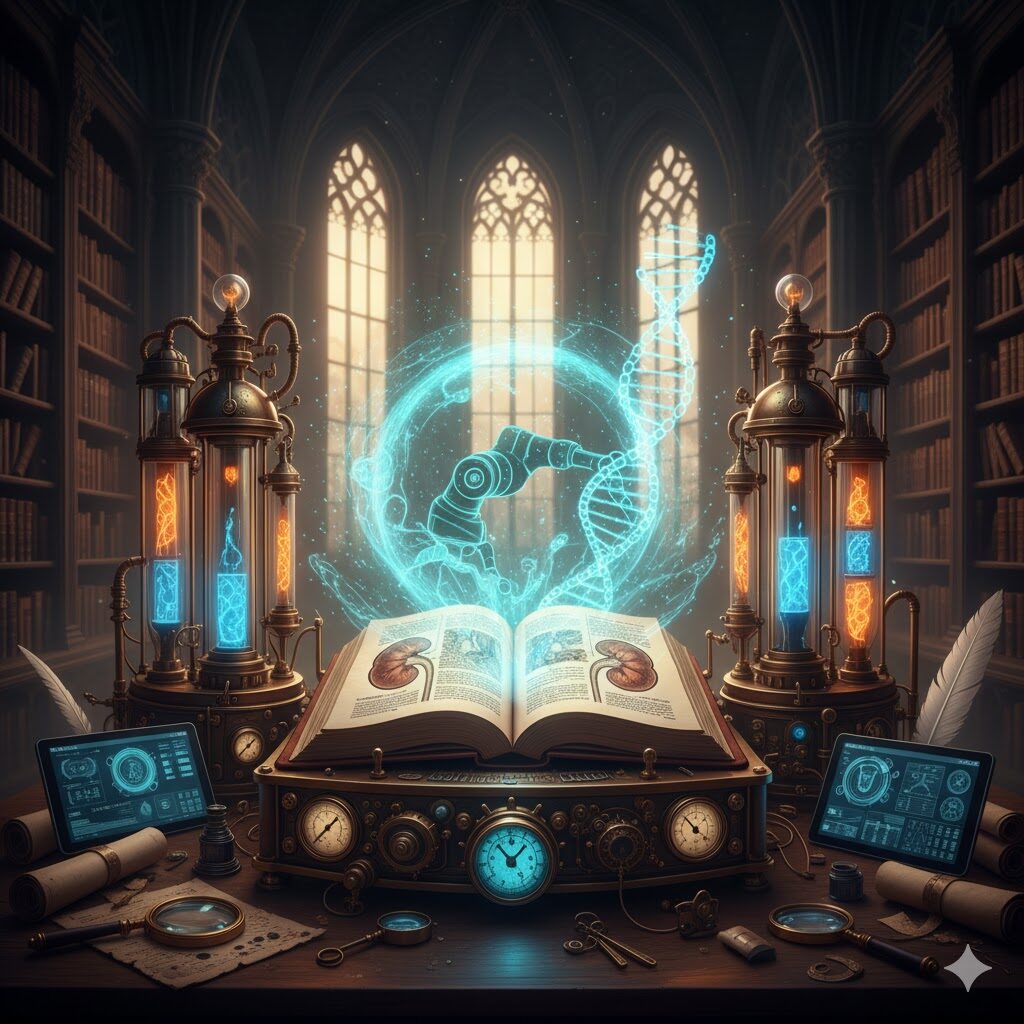Imagine a world where medical knowledge was meticulously hand-scribed, passed down through generations, and formed the very bedrock of our understanding of the human body. This isn’t a fantasy; it’s the reality that shaped the foundations of modern medicine, particularly in fields like urology. The “Uro-Time Machine” isn’t a literal device, but rather the profound journey we take when we delve into ancient medical texts – a journey that reveals how insights from centuries past continue to resonate and even revolutionize contemporary urological practices.
For much of history, understanding the urinary system was a blend of observation, philosophy, and practical, often rudimentary, interventions. Ancient Egyptian papyri detail bladder stones and catheters made of bronze. Hippocratic writings discuss urine as a diagnostic tool, linking its appearance and quantity to various ailments. These early observations, while lacking the scientific rigor of today, laid the groundwork for systematic examination.
As time progressed, scholars and physicians across different cultures continued to build upon this early knowledge. Their careful documentation of anatomy, disease symptoms, and treatment outcomes provided a growing foundation for future study. Early healers often demonstrated remarkable insight into kidney stones, bladder disorders, and urinary infections—many of which remain central to urology today.
As we moved into the Renaissance and beyond, figures like Andreas Vesalius challenged existing anatomical understanding with his detailed dissections. His De humani corporis fabrica offered unprecedented visual accuracy of the human urinary tract, correcting errors that had persisted for over a thousand years. These anatomical insights were crucial for surgeons attempting more invasive procedures.
So, how do these old texts impact modern urology?
Historical Context and Evolution of Understanding:
By tracing the evolution of urological knowledge, we appreciate the ingenuity of early physicians and understand why certain practices persisted or were discarded. It highlights the progressive nature of science, where each generation builds upon the last.
Rediscovery of Forgotten Insights:
Sometimes, ancient texts contain descriptions of conditions or treatments that were later overlooked or misinterpreted. A re-examination through a modern lens can lead to new hypotheses or a deeper understanding of chronic conditions. For example, some historical descriptions of bladder dysfunction might offer clues to complex modern cases.
Inspiration for Innovation:
The challenges faced by ancient physicians – diagnosing without technology, operating without anesthesia – often led to creative, albeit sometimes crude, solutions. Studying these “solutions” can spark ideas for novel approaches to modern problems, pushing us to think outside the box even with advanced technology.
Understanding Disease Prevalence and Environmental Factors:
By analyzing historical records of urological ailments, researchers can gain insights into the long-term patterns of diseases and how environmental or dietary changes might have influenced their prevalence over time.
Ethical Considerations and Patient Care:
Early medical texts often reveal a holistic approach to patient care, emphasizing observation, empathy, and the patient’s narrative – principles that remain paramount in modern medical ethics and personalized medicine.
The “Uro-Time Machine” is always running. Every time a urologist consults a textbook, reads a research paper, or even simply recalls a foundational principle of anatomy or physiology, they are, in a way, reaching back through time. The meticulously crafted words and illustrations of our medical ancestors continue to inform, inspire, and ultimately, change how we practice urology today — proving that the past is not merely prologue, but an active participant in our ongoing quest for better health.

